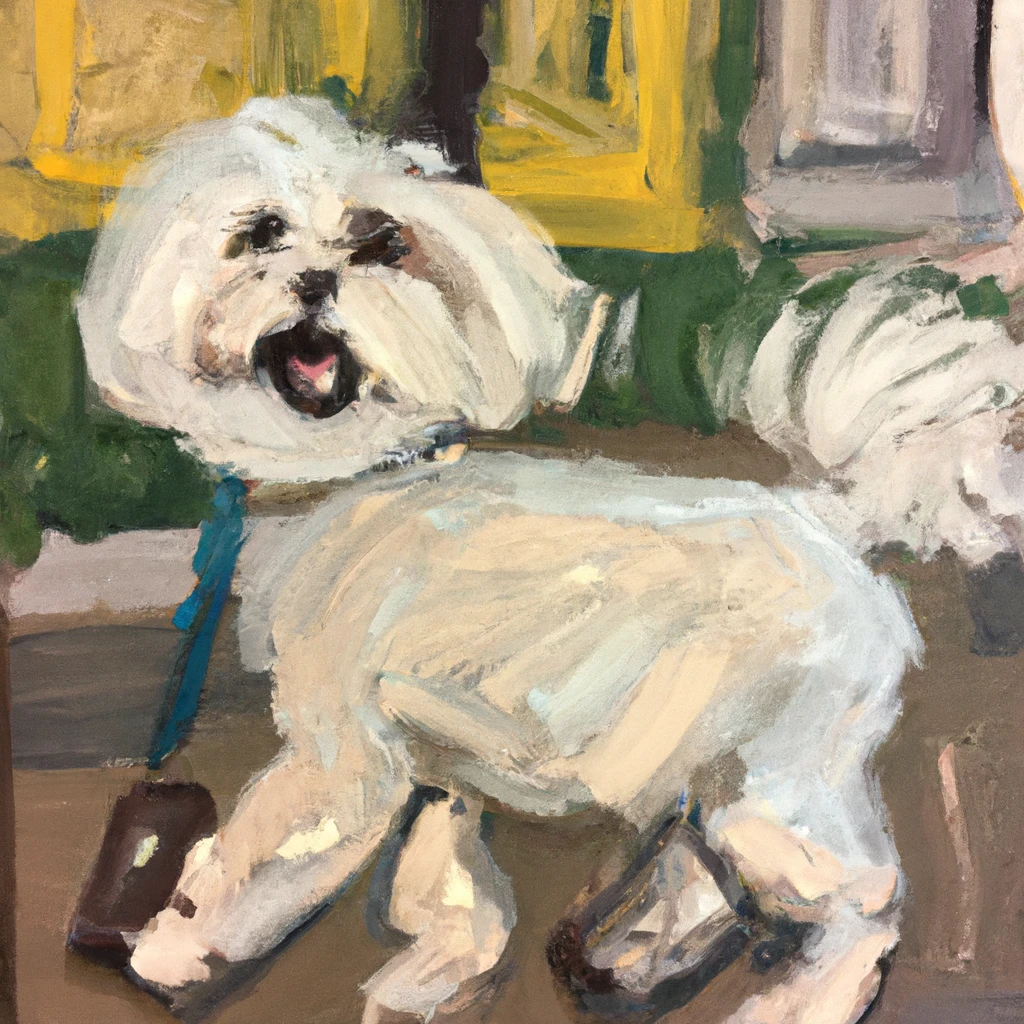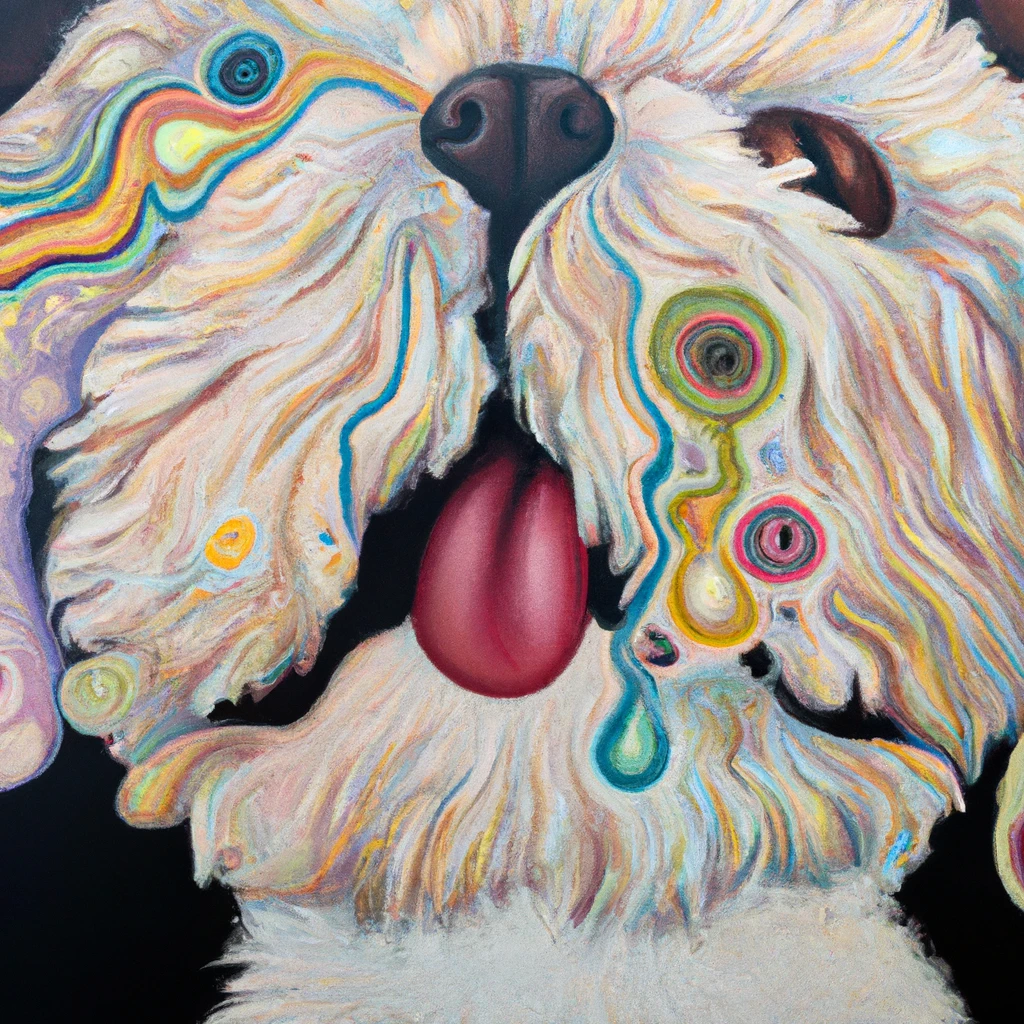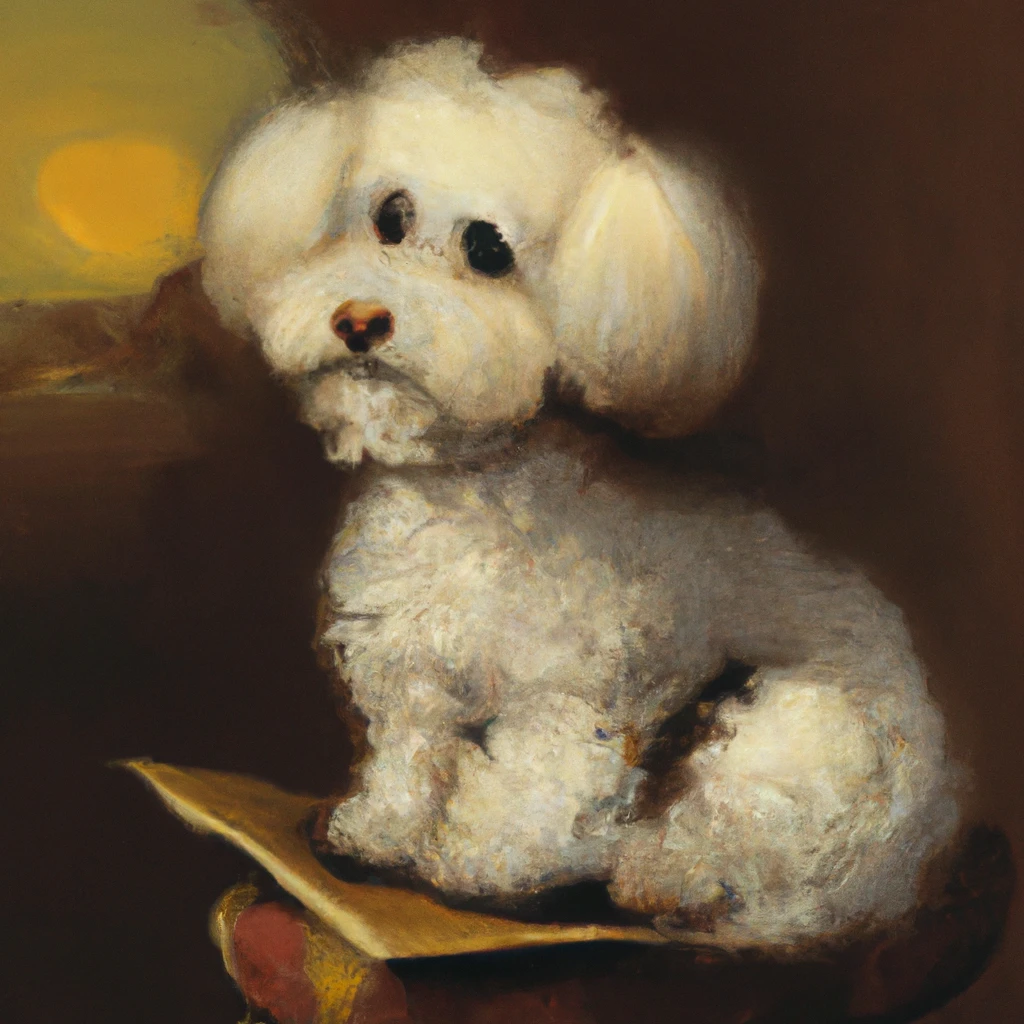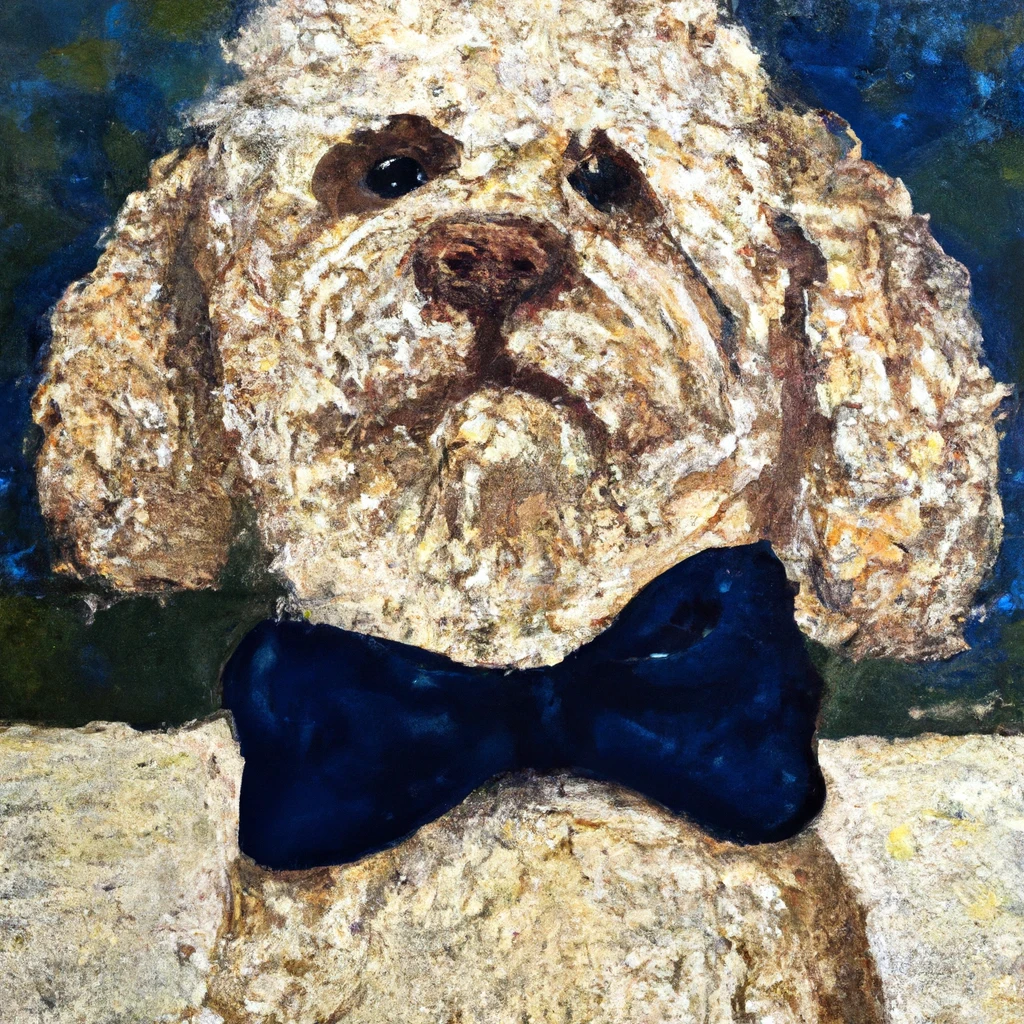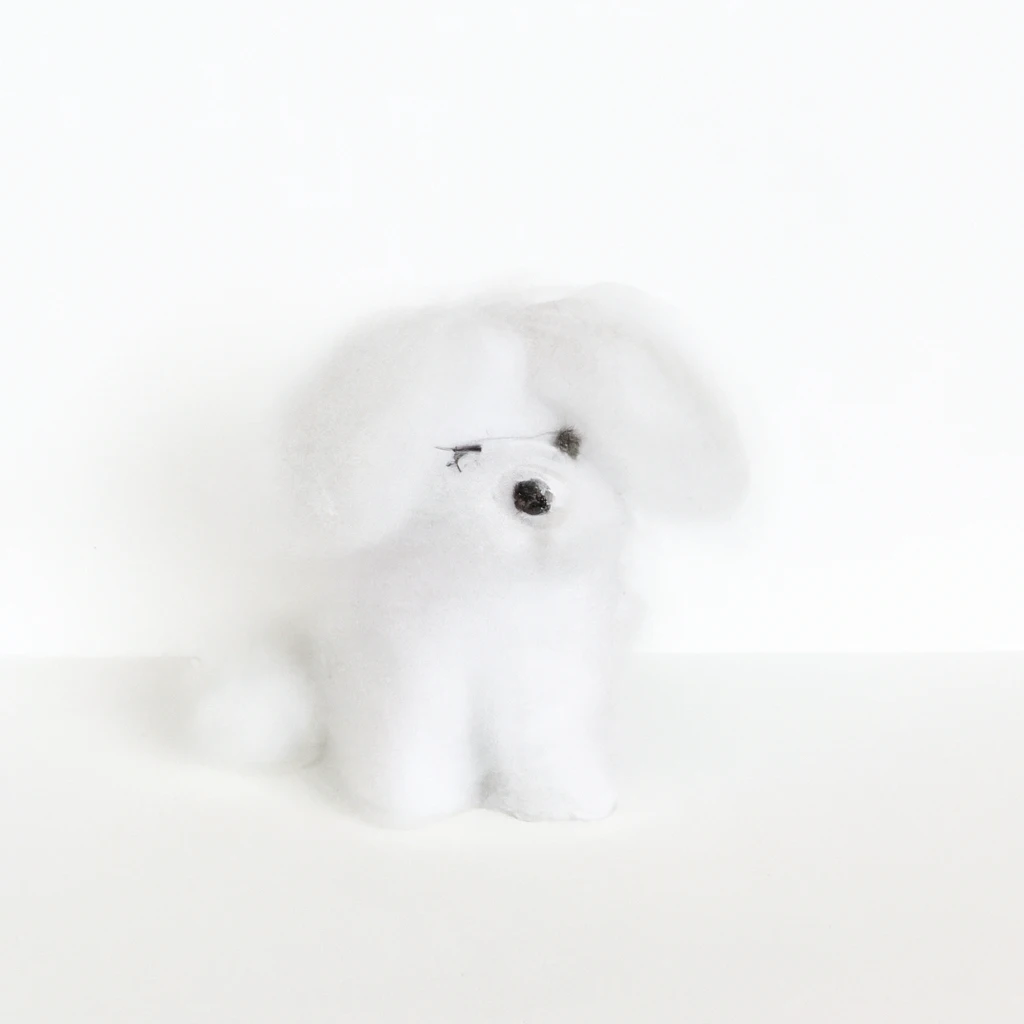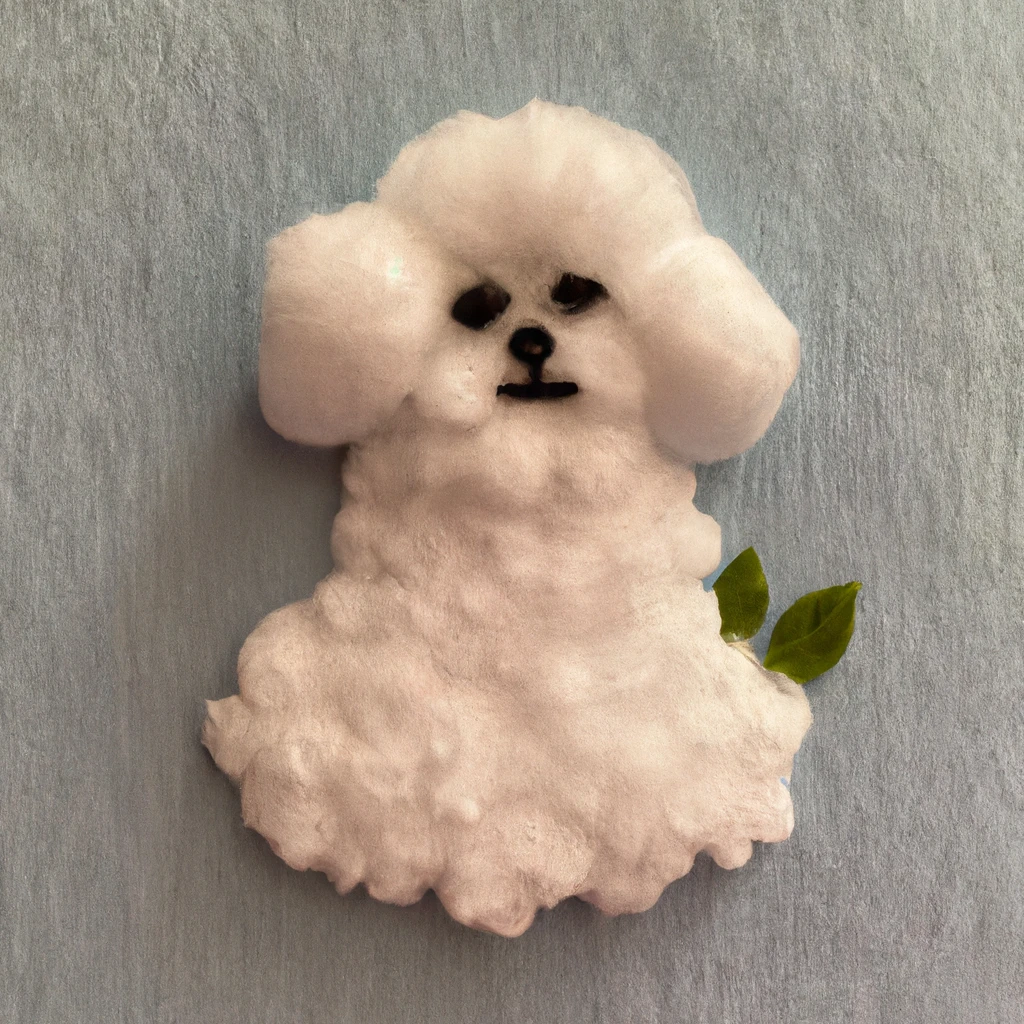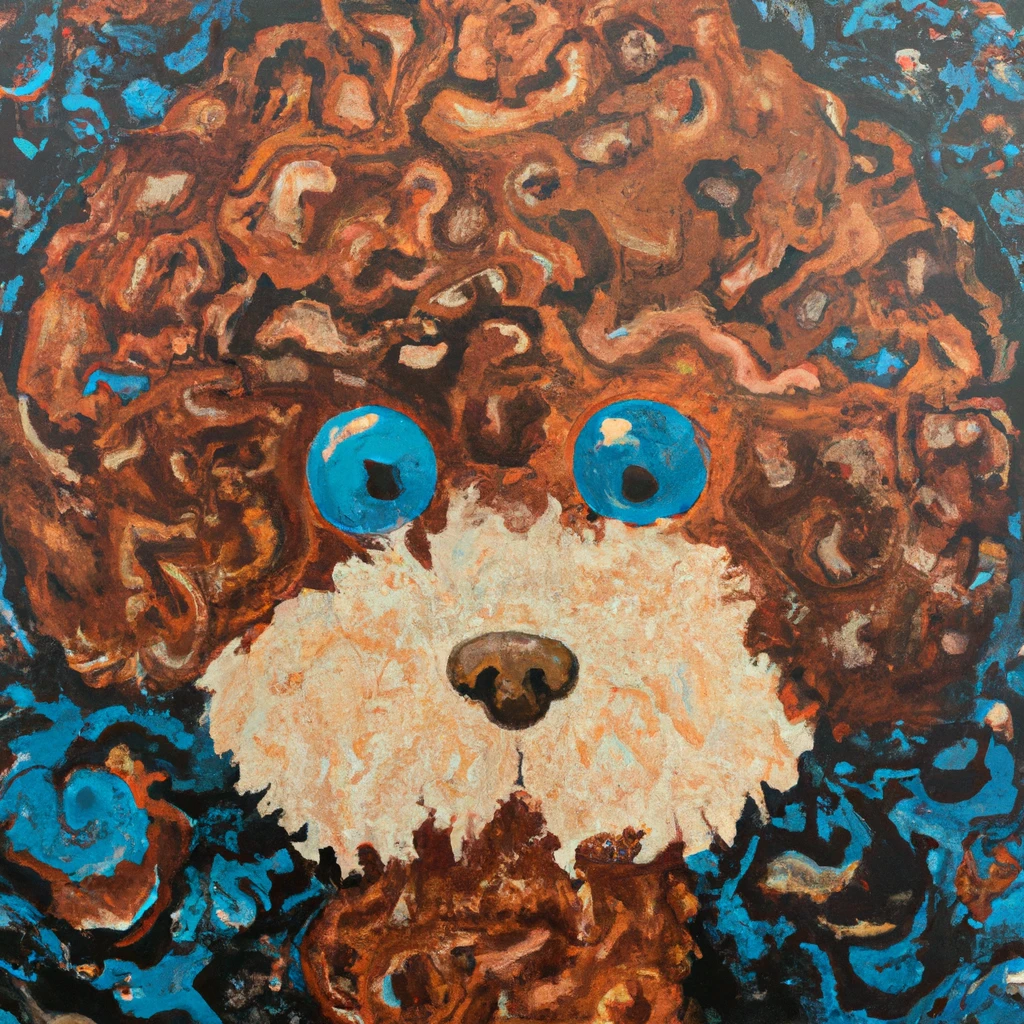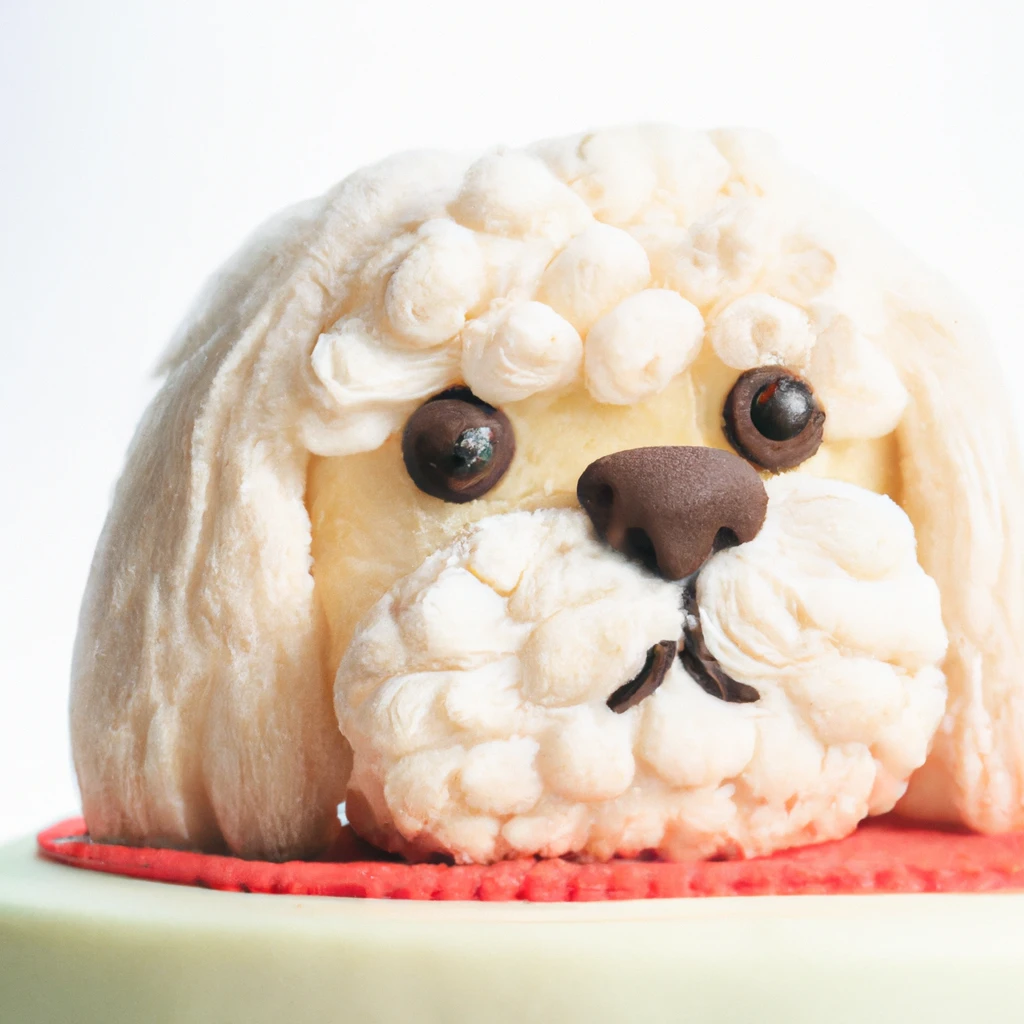Maltipoos are the most loved home pets due to their loyal and playful nature. If you have a Maltipoo at your home, you would know how it makes the whole environment of the house happy by gaining all the attention.
However, finding the best Maltipoo can be difficult for dog owners because you cannot see them wandering in the streets.
Maltipoos are a crossbreed between a Maltese and a Poodle. Due to this reason, they are called as a designer dog or hybrid breed. They aren’t recognized as a separate dog breed yet.
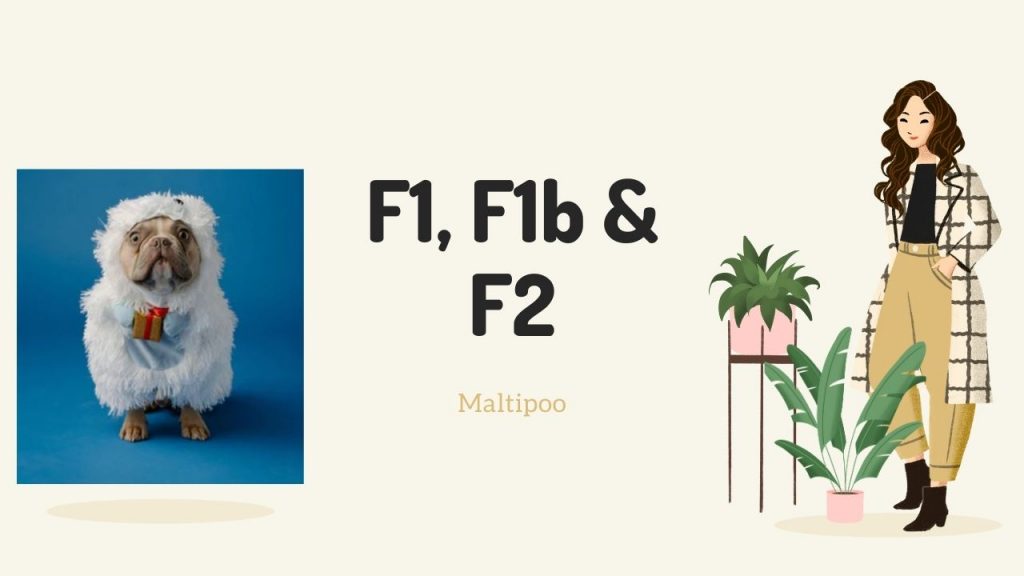
Maltipoo breeding:
Breeders have bred Maltipoos in various ways to obtain different kinds of dogs. The only purpose of crossing the Maltese with the Poodle was to bring a dog with mixed positive characters of the two dog breeds.
This cross was successful, and the result was a cute, tiny, teacup-sized Maltipoo, which was smart, intelligent, hypoallergenic, and easy to train.
After this task was successful, breeders started breeding Maltipoos in different ways, resulting in a bit different generations.
We’ll discuss all of them.
What is an F1 Maltipoo?
F1 Maltipoo is the first generation.
When a purebred toy Poodle is crossed with a purebred Toy Maltese, the resulting puppies will be called F1 Maltipoo. In this case, the Maltipoo will get similar characters to both the parents. However, sometimes, the resulting offspring can lean more towards one parent.
It is the most common form of breeding as it results in healthy and active puppies, with little chances of severe diseases. The process is also fast, efficient, and these puppies are less expensive.
However, you should keep in mind that only the toy Poodle and Maltese are used for breeding. Otherwise, the Maltipoo puppy might not be able to get the desired characters.
What is an F1b Maltipoo?
The F1b generation of Maltipoos results when an F1 Maltipoo is crossed with a purebred toy Poodle. In this case, the resulting offspring will get 75% characters of the Poodle.
This cross produces smarter puppies, which are less prone to serious diseases. They also have a soft coat, and do not shed. So, they are hypoallergenic.
Although some breeders think that the F generation is healthier, if there is no severe health issue with the F1 generation, the F1b generation will be healthier. So, in this way, the bad genes responsible for many diseases can be wiped out.
What is an F2 Maltipoo?
The cross between two first-generation Maltipoos results in a second-generation Maltipoo.
If we cross two parents F1 Maltipoos, the resulting puppies will be F2 Maltipoos.
This kind of breeding takes a lot of time, and if any one of the parents carries a genetic disease, it is transferred to the next generations.
However, this kind of breeding produces Maltipoos that have common characteristics.
F1 vs F2:
Both F1 and F2 generations of Maltipoos have their own benefits and consequences.
Many breeders think that the F1 generation is healthy and does not carry serious health diseases. They believe that F2 generation puppies can have genetic diseases.
However, if the parents of the F2 generation are healthy, the resulting offspring will also be healthier puppies, with more similar characters to a Maltipoo.
So, whether the puppies carry disease or not actually depends on the parents’ health, not the type of breeding.
Similarly, the F1 generation is obtained by breeding the Maltese and Poodle, so it is fast. On the other hand, the F2 generation takes a lot of time because breeders have to wait for the puppies to grow into adults to be eligible for breeding.
So, it adds to the extra cost of the puppies, making the F2 generation more expensive than the F1 generation.
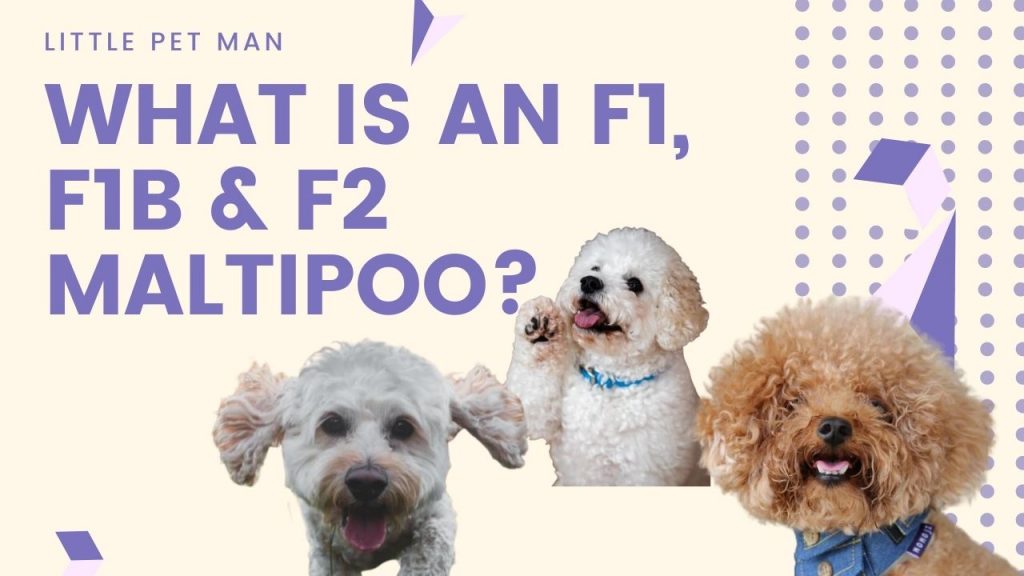
Conclusion:
Maltipoo breeding is a bit tricky, and as there are so many different breeding ways, it results in Maltipoos with other characteristics. It results in Maltipoos with different color, size, coat type, weight, etc.
So, if you want to buy an active and healthy Maltipoo with its familiar characters, you should always consider its parents. In this way, you will be safe from frauds and scams of breeders, and won’t spend extra money.

